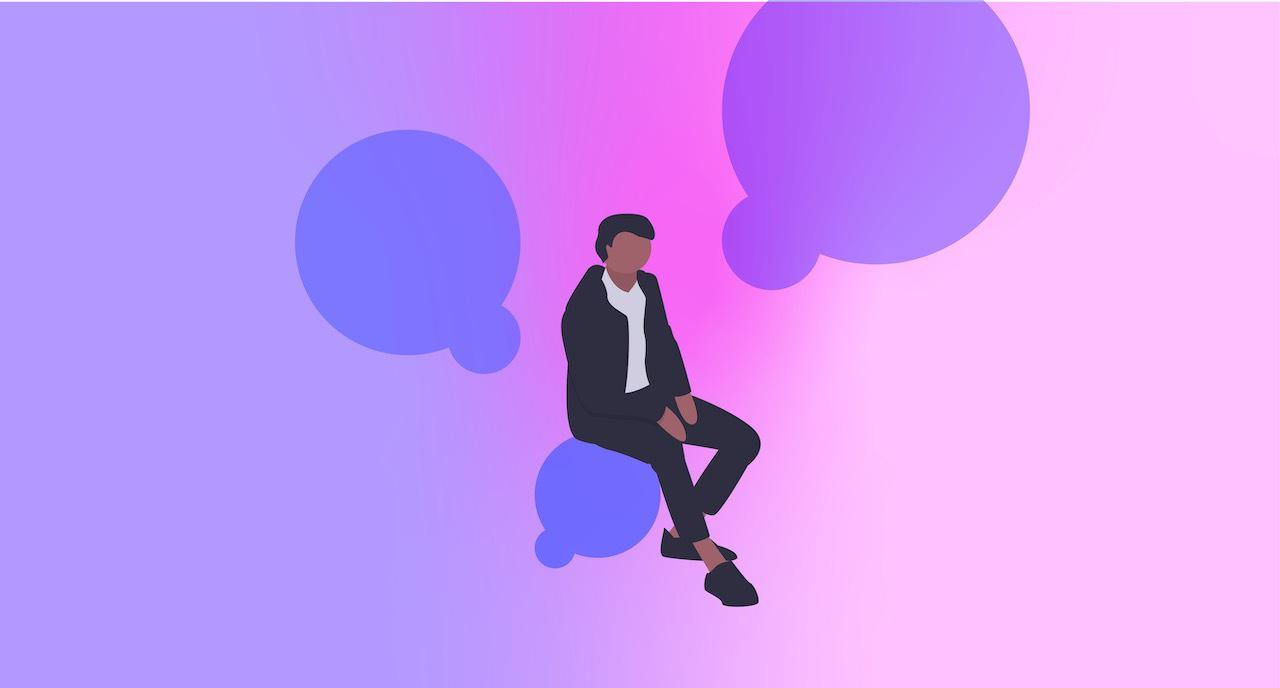Experiences are hard to define. Sure, we can describe them: good or bad, memorable or bland, rated on a scale from one to five. Many people are exploring the frontiers of the experience economy with increasing intensity: customer experience, user experience, employee experience, learner experience, and so on. A lot of progress has been made in the study of human behavior and neuroscience, and much more will be made in coming decades. Yet human experience, which is a product of our consciousness itself, remains elusive.

We tend to think about ourselves as uninvolved observers of experiences, but that’s not how it works. It can seem like events happen to and around us, then we respond. But our responses, and how we think about what’s happening, is quite literally all in our heads. Everything we experience comes from our brains. We get clues about what is happening from our senses, but the evidence of experience comes with memory, anticipation, and perception. These thinking modes both cloud and clarify our understanding about our experiences.
An experience is not separate from other events. We remember what happened before and anticipate what will happen after. If it’s something we’ve done before, we compare our current experience to what we remember from last time. It’s hard to tease these things apart. In his book, Stumbling on Happiness, author and Harvard psychologist Daniel Gilbert describes that how we think about today – in particular, happiness – is a comparison of how we should feel with how we are feeling. But our perceptions are cloudy. Remembering what happened yesterday isn’t like replaying a movie; rather, it’s punctuated by highs and lows. So we remember the seemingly important bits. Then, our memory of the past is colored by how we feel today. We compare how we feel right now to how we think we should be feeling based on a future projection of how we think we’re supposed to be feeling. Then, our vision of the future often misses the mark. The trouble is, Gilbert argues, we aren’t great at remembering the past or projecting the future, and even have a hard time assessing our current state. Experience is not absolute. Experience is not only subjective, it’s “unobservable to anyone but the person having it.”
Even more confusing is how we think about positive and negative. Psychologists have come to understand that “bad is stronger than good.” We remember negative feedback more than positive feedback, that bad stereotypes are quicker to form and more resilient than good ones. It’s been postulated that the “magic ratio” between good and bad must be at least 5:1, meaning that for every negative encounter, there should be a minimum of five positive ones to counterbalance the effects of the first. This is an important dynamic to consider for personal relationships, customer experiences, social media, and politics. Breaking relationships is easier than building trust.
These psychological phenomena pose challenges for well-intentioned teams aiming to improve experiences. Too many surveys ask customers to rank their emotions with a number. Metric-seeking leaders have a bias toward quantitative over qualitative data because numbers feel more definitive. Asking customers to rate an experience can give you a definitive answer about how people answered a survey question – but that may not reflect their true emotions, perceptions, or ultimately, help us understand their actions. Self-reporting by customers, employees, and learners may not be all that illuminating because quantifying subjective experiences if often unreliable. Even the Net Promoter Score, considered a gold standard by many customer experience professionals, carries similar risks. A balance between data sources including both quantitative and qualitative research can yield better results.
It’s helpful to recognize that while experience is subjective, people are predictable. Gilbert notes that “if you are like most people, then like most people, you don’t know you’re like most people.” We see ourselves as special but we’re all more alike than we are different. Customers can say what they want but they don’t always know what they need. Helping people make better decisions and move forward is the aim of experience design. Evaluating experience isn’t about a single number or point in time. Shaping better experiences means understanding a broader context, knowing what happens before and after, and seeking net positive outcomes.
